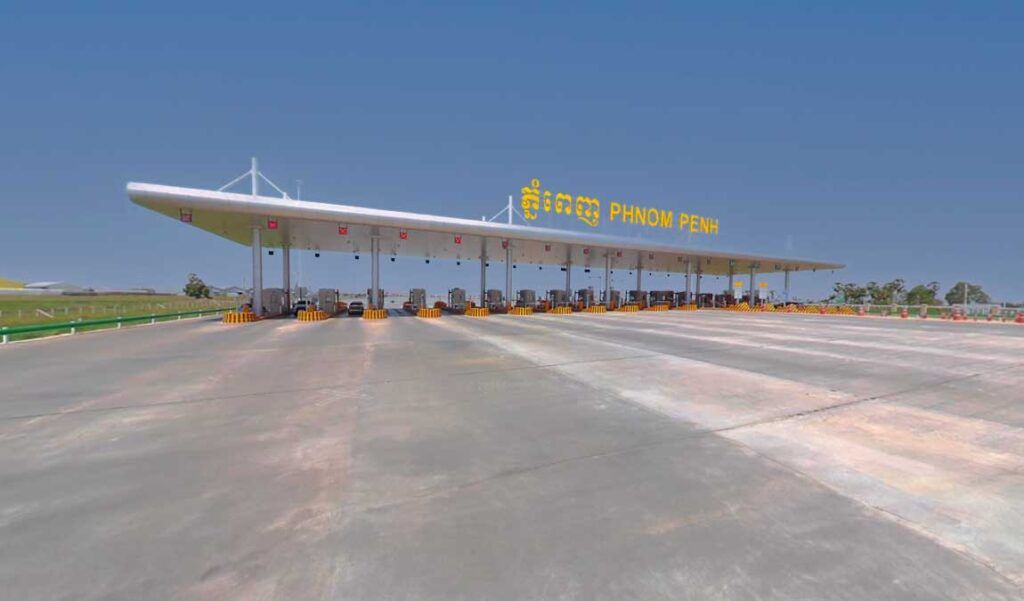Improvements In Cambodia’s Construction Industry
The backbone of any economy is the construction industry, as it supports a wide range of sectors. For instance, the quality of life of local residents could be compromised if there were limited residential and commercial properties in the market. For this reason, it is necessary for the construction industry to continually innovate by condensing timelines for projects and improving their quality so that other sectors can benefit.
Cambodia’s construction industry has undergone significant changes in the past few years , positively impacting the industry and the local community. Below are some of the latest innovations that have had a positive effect on the industry.
Increased Number Of Construction Projects
The number of construction projects approved in Cambodia has increased significantly, with steady growth each year. Between 2008 and 2018, the Ministry of Land Management, Urban Planning and Construction (MLMUC) approved 43,136 projects, amounting to more than US$43.3 billion in investment capital. In 2021 alone, MLMUC approved 4,302 new development projects covering 12,998,072 square metres. Residential real estate, especially in cities such as Phnom Penh, has seen a significant increase in supply , with the number of condominiums expected to grow from 21,935 in the second quarter of 2020 to 53,512 by the end of 2023.
 Construction site in Phnom Penh
Construction site in Phnom Penh
Fast-Tracked Construction Projects
A dependable and quality construction project cannot be rushed, but with the right team, it can be fast-tracked. Experienced companies in Cambodia take on several projects in quick succession , leading to the completion of commercial and residential projects within one to three years. While delays are always a risk in any construction project, the fast-paced completion of construction projects contributes significantly to the economy and the welfare of the community. However, this rapid pace may negatively impact creativity, requiring architectural and design companies to push boundaries to sustain creativity while ensuring quality .
Surge Of Foreign And Local Investors
The surge in construction and development projects in Cambodia is largely due to the increase in both foreign and local investors . The immense potential of the Cambodian real estate landscape provides all types of investors the opportunity to profit and also assist the country in developing its infrastructure. Although local investors are involved to a significant degree, foreign investors are the biggest contributors to construction projects. As an example, a report released by MLMUC in 2019 revealed that approvals for foreign investment in the first quarter of the year were worth over US$367 million , with China the largest contributor at US$315 million for construction projects.

ODOM – LEED Certified Development
Sustainable Projects
Most construction projects in Cambodia prioritise sustainable living to minimise environmental disruption . Rural areas of the country as well as tourist spots, such as Siem Reap, require infrastructure development, yet the large proportion of land occupied by forests and nature means that sustainability must be a priority.
Recent and new construction projects prioritise sustainability and the green environment in their plans. ‘Green’ developments are valued higher and, therefore, are more attractive to investors.
Cambodia follows international standards for green buildings , with the Leadership in Energy and Environment (LEED) certification system awarding some buildings, such as the Vattanac Capital, with certifications. This building is the first gold LEED-certified project in Cambodia and features two towers with 39 floors, a luxury hotel, office and retail spaces, serviced apartments, and a rooftop bar. F actors such as energy efficiency, water conservation, sustainable site selection, green building materials and waste reduction contributed to the certification . These standards will see future construction projects, including ODOM by ULS Cambodia , encouraged to follow sustainable benchmarks.










